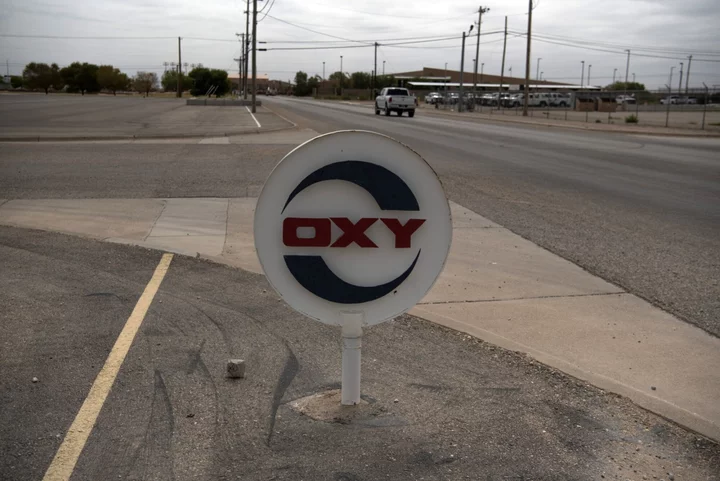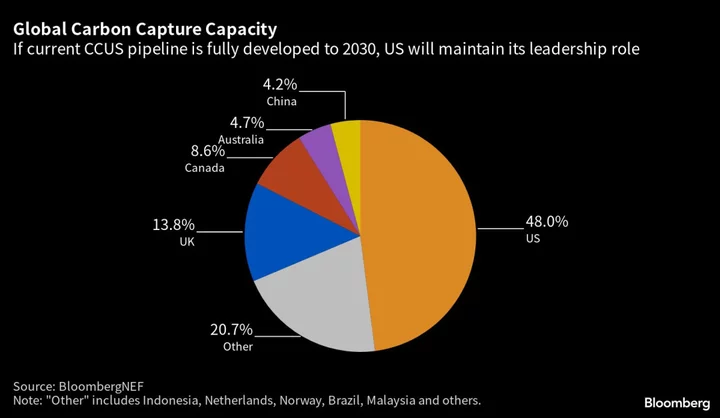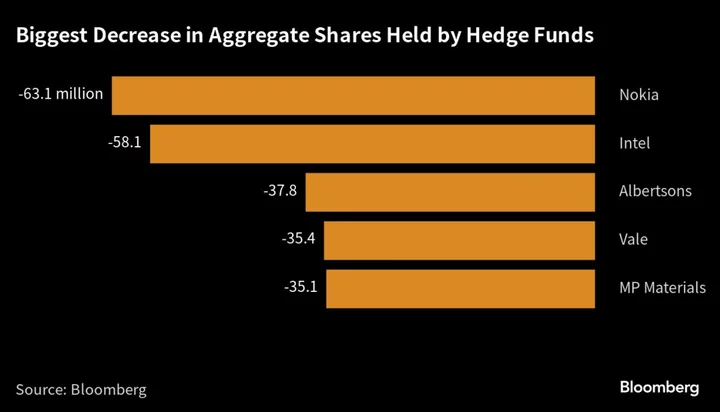Europe will see mild and wet weather in November, delaying the start of the heating season yet again, even as storms batter parts of the continent.
Germany, Poland and much of the Balkans will be warmer-than-normal, with temperatures staying as much as 6C above the seasonal average during the first nine days of the month, according to forecaster Maxar Technologies Inc. France is also likely to have 50% warmer than average temperatures over the next three months, according to Météo-France.
People in Europe traditionally start switching on their heating in October, and it’s further boosted in November, increasing demand for natural gas. This month’s milder temperatures could cut demand compared to previous years, and help preserve more fuel for the rest of the winter.
Europe has been hard hit by extreme weather this year, experiencing some of the hottest months on record in some parts as well as torrential rainfall and flooding.
The effects of climate change and a strong El Nino weather pattern aren’t letting up, and the start of November will be marked by the arrival of Storm Ciaran in western Europe. In the UK it’s expected to bring winds as strong as 85 miles per hour and lash many parts of the country with heavy rain, according to the UK’s Meteorological Office. In France, wind speeds could exceed 90 miles per hour. It comes after Storm Babet hammered Scotland and Scandinavia last month.
Windier conditions will result in increased renewable energy generation, further reducing demand for gas. Still, while European gas prices have slumped over 30% since the start of the year and the continent’s inventories are well above seasonal norms, the region remains vulnerable to potential supply disruptions after being cut off from Russian pipeline deliveries. This year alone, extended maintenance in Norway, LNG strikes in Australia and the conflict between Israel and Hamas have prompted sharp intraday price swings.
So far, gas consumption in Europe has stayed well below historical averages after last year’s energy crisis forced companies and households to cut usage. Mild weather throughout October also meant that there weren’t any meaningful withdrawals from gas stores in the region.
“This overall mild yet unsettled pattern of widely wetter and windier than normal conditions, with warmest anomalies south and cooler anomalies northeast, is forecast to persist into much of November,” said Andrew Pedrini, a meteorologist at AtmosphericG2. “We may eventually lose some of the warmth towards less wet and less windy weather later in November, if higher pressure builds into western Europe.”
However, Norway is already seeing colder-than-average temperatures. This is expected to continue through the month, according to Håkon Mjelstad, at Oslo’s Meteorologisk Institutt. Drier than normal weather is expected as the country is sheltered from easterly winds, he said.
--With assistance from Elena Mazneva.









